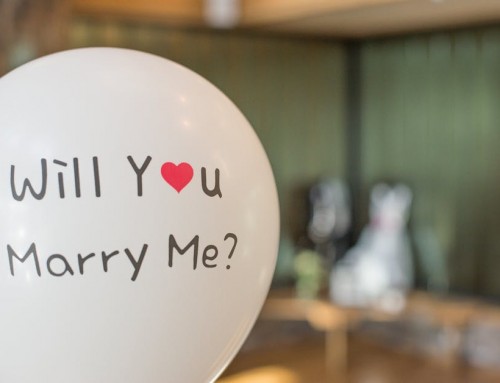Targeted advertising continues to build steam in the marketing world. Marketers can learn the smallest details about their target audience’s likes and dislikes. They use that information to come up with new ways to reach their base.
Gendered marketing is part of that, but with a catch. Savvy consumers no longer accept stereotypes in their ads.
The pushback against stereotypical gender advertising practices is severe. In fact, Britain’s Advertising Standards Authority (ASA) has proposed a ban on all ads that feature harmful stereotypes.
Keep reading to find out why gender stereotypes have no place in your advertising plan.
What Are Gender Stereotypes?
Stereotypes can take almost any form. In general, they perpetuate a harmful generalization about women.
They might reduce women to objects or over-sexualize them. They could show a woman adhering to strict, outdated gender roles, like handling all of the cleaning or childcare for her family.
According to the ASA, stereotypes in gender advertising have a negative impact on viewers. These stereotypes can shake women’s self-confidence and warp their body image, damaging their self-esteem and the health of society as a whole.
Young girls may be especially at risk.
That’s why it’s best to avoid gender stereotypes and take a more positive approach to your advertising.
How to Avoid Gender Advertising
Don’t Perpetuate Harmful Images
Unfortunately, gender stereotypes are pretty pervasive, even in modern society. People often grow up with a stifling idea of what it means to be a woman. Those out-of-date notions can show up where we least expect them.
Take a hard look at your advertising campaign and make sure it’s free from gendered stereotypes. Be on the look out for women who serve as little more than props or visual distractions.
Review every detail of your ad campaign. You might be surprised how invasive these images can be.
Look at your print materials, online ads, email marketing campaign, and social media accounts. Even your countertop displays need to be free from negative, stifling imagery.
Empower Your Customer Base
Instead of showing two-dimensional images, give the women in your ads full, happy lives. Fill out their back story and give them compelling reasons for doing the things they do.
By showing happy, confident women, you can empower your customer base and give them positive feelings about your message.
Empowering advertising is also more successful. Women between age 18 and 34 are two times more likely to feel good about brands who share an empowering message in their advertising.
They are also 80 percent more likely to share, comment, and otherwise engage with them.
Depict women as strong people who can overcome any challenge. Show a diverse array of actors. Be inclusive of different body shapes, ethnicities, and lifestyles.
You want your ad to leave your viewers feeling good about themselves.
For More Empowering Tips, Visit Estilo Tendances
At Estilo Tendances, our goal is to empower women to feel beautiful, confident, and stylish. We share the latest lifestyle tips to help you grow your business, improve your health, and reach for greater happiness.











